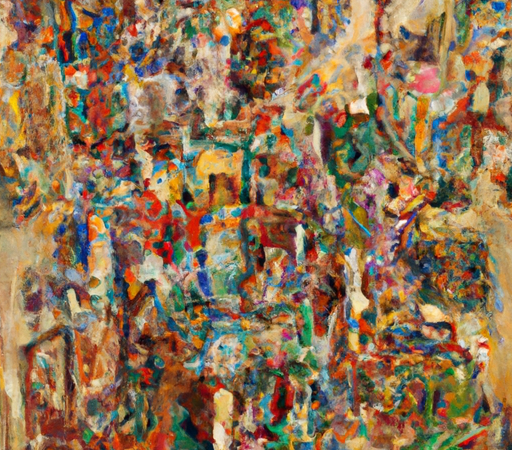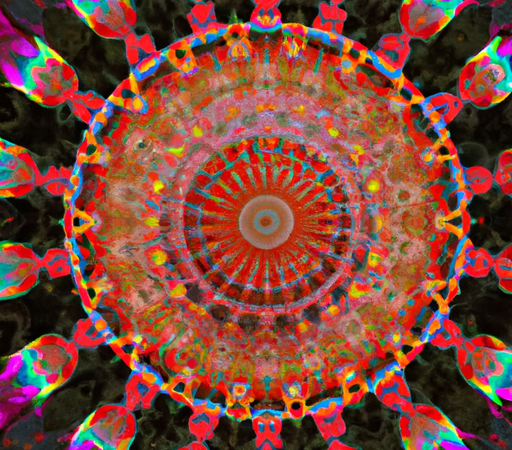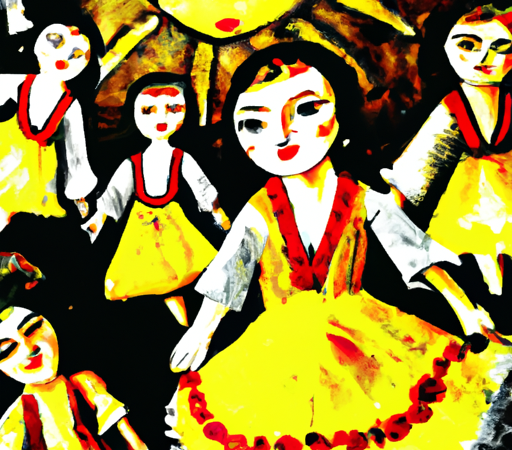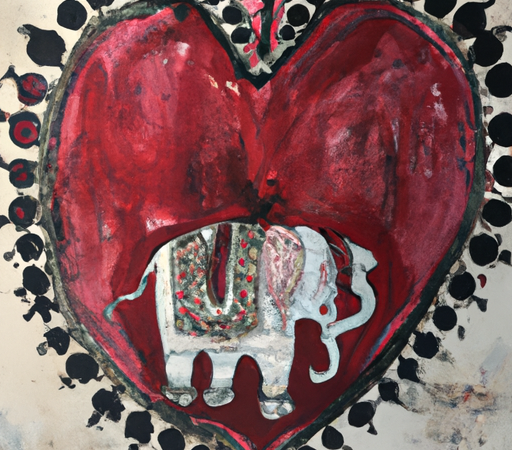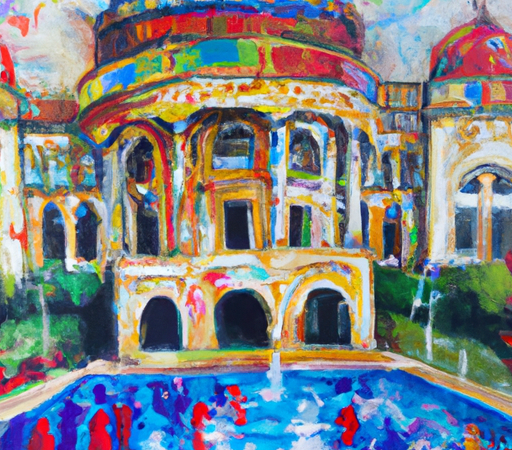From Renaissance to Modernism: Tracing the Historical Journey of Art Masterpieces
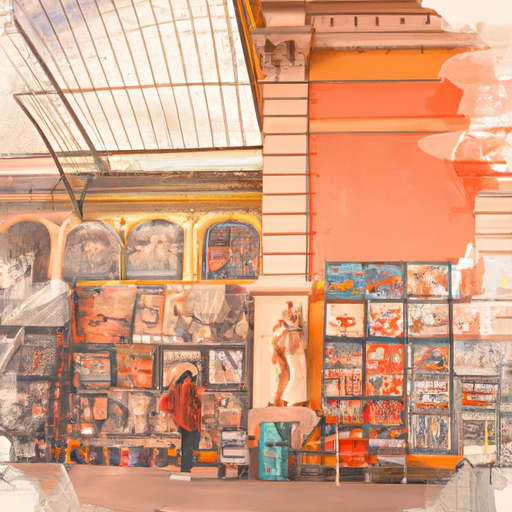
Art is a reflection of society, its values, and its ethos. Throughout history, artists have captured the spirit of their times, influencing and shaped by political, social, and cultural movements. From the Renaissance to Modernism, art has undergone a remarkable evolution, leaving behind a rich legacy of masterpieces that continue to inspire and provoke emotions.
The Renaissance period, which began in 14th-century Italy, witnessed a resurgence of interest in the classical Greek and Roman civilizations. Artists of this era sought to revive the ideals of humanism, emphasizing on the individual and the importance of human potential. Paintings during the Renaissance were characterized by realistic representations of human anatomy, perspective, and luminous colors. Masters such as Leonardo da Vinci, Michelangelo, and Raphael created breathtaking works that demonstrated their technical mastery and intellectual depth.
One of the most famous Renaissance masterpieces is Leonardo da Vinci's Mona Lisa, which encapsulates the period's focus on individualism and human emotions. The enigmatic smile of the mysterious woman in the painting has fascinated viewers for centuries, capturing the enigmatic beauty of the Renaissance era.
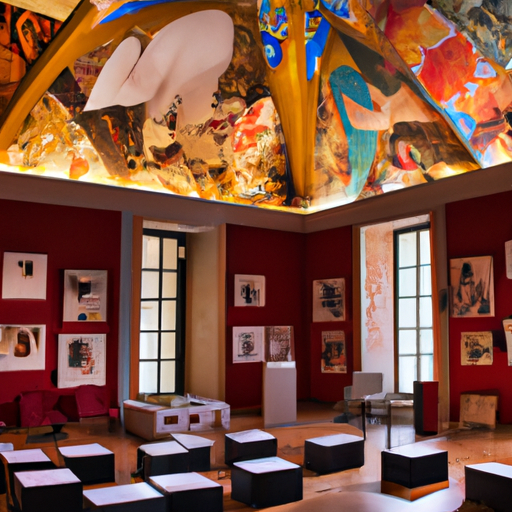
Moving forward, the Baroque period emerged in the early 17th century as a counter-reformation response to the Protestant Reformation. Baroque art aimed to evoke strong emotions, awe, and spiritual devotion. Artists like Caravaggio and Rembrandt embraced dramatic, dynamic compositions and intense use of light and darkness, known as chiaroscuro, to create captivating scenes filled with emotion.
One of the most iconic Baroque artworks is Bernini's sculpture, "The Ecstasy of Saint Teresa." This sculpture, located in Rome's Santa Maria della Vittoria, depicts Saint Teresa of Avila in a moment of spiritual fulfillment, her face radiating ecstasy as she is pierced by an angelic arrow. The sculpture's dramatic and poignant representation showcases the intense emotional impact associated with the Baroque period.
As the world transitioned into the 19th century, a new movement called Romanticism emerged. In response to the Industrial Revolution and the rise of rationalism, Romantic artists sought to emphasize emotions, individuality, and nature's sublime beauty. Artists such as J.M.W. Turner and Caspar David Friedrich painted landscapes filled with turbulent emotions, capturing the power and grandeur of nature.
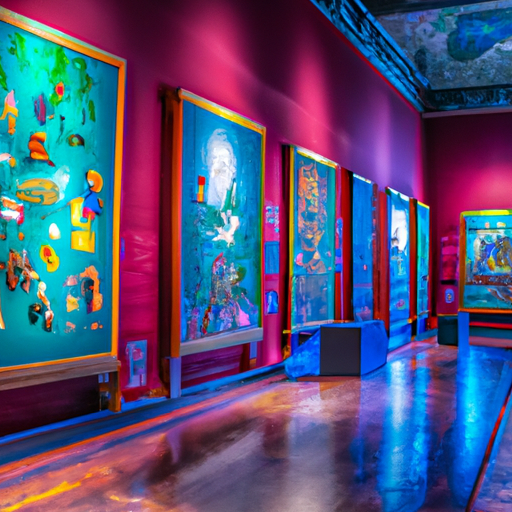
The transition from Romanticism to Realism in the mid-19th century brought a renewed focus on truth and accuracy in art. Artists like Gustave Courbet and Édouard Manet depicted everyday scenes and ordinary people, challenging the traditional notions of beauty and subject matter. Realism aimed to capture the harsh realities of society, offering a more honest portrayal of the world.
However, the late 19th and early 20th centuries witnessed a seismic shift in artistic expression. The advent of industrialization, scientific advancements, and political upheavals paved the way for the birth of Modernism. Modernist artists, such as Pablo Picasso and Wassily Kandinsky, rejected traditional styles and experimented with new forms, materials, and concepts. From Cubism to Fauvism to Abstract Expressionism, Modernism shattered previous artistic conventions and invited viewers to engage with art on a deeper intellectual level.
Perhaps one of the most famous Modernist pieces is Salvador Dalí's surrealist painting, "The Persistence of Memory." This mind-bending artwork showcases melting clocks in a dream-like landscape, challenging the viewer's perception of reality. The painting embodies the revolutionary spirit of Modernism, daring to explore the depths of the subconscious and redefining the boundaries of artistic expression.
The journey of art masterpieces from the Renaissance to Modernism is a testament to the power of artistic evolution. Each movement encapsulates the zeitgeist of its era, reflecting the societal changes, historical events, and intellectual currents that shaped the world. From the emotional intensity of the Baroque to the intellectual abstraction of Modernism, these masterpieces continue to inspire, provoke, and ignite the imagination of viewers across the globe.

